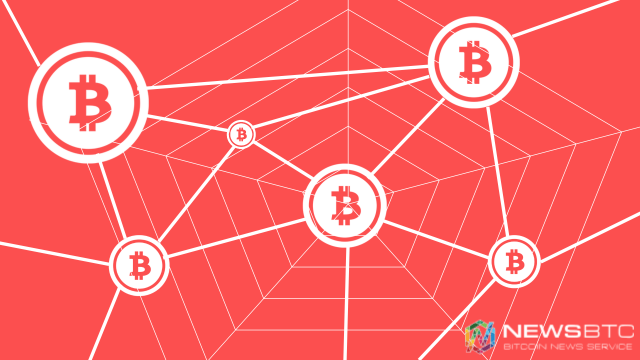Ever heard of the term “Bitcoin Dust”? That’s the case when the transactions are too little in monetary value that it is just not profitable for the network to support such transactions, hence a transaction fee is usually levied. That’s one issue which needs to be addressed and how it can be done is a matter of choice.
Let’s say you read something great on the Internet over the weekend and thought it might be a good idea to tip the author with 10 cents, for what it’s worth. Your part is done once you that sent your precious 10 cents. The third party whose business relies on you sending money to someone steps in now. The third-party tells you that their transaction processing fee is a flat rate of 15 cents. Now the author, who you wanted to tip 10 cents would end up owing you or the third party 5 cents! Otherwise, you would end up spending 25 cents. That is the closest I can get to explaining the problems of using bitcoin for micro-payments.
Micro-payment problem is what we are sticking to in this article about the Lighting Network. Although Lighting Network has other tricks up its sleeves, the current issue in discussion is what catches my attention the most.
Bitcoin and Micro-payments
Micro-payments have been touted as a great use case for a decentralized cryptocurrency, the flagship being the Bitcoin. But anyone who has made bitcoin transactions knows that it takes time. Not as much as it would if a bank were to process your FIAT money. Bitcoin transactions are almost instantaneous when we compare it with the financial system that has existed for a few centuries now, but the time taken to clear each transaction is gradually increasing as the number of bitcoin users increase. This effects transactions by causing backlogs, resulting in delayed or canceled transactions
But try and compare the efficiency of a micro-payment vs large payment (let’s say a 200 BTC transaction) on the current Bitcoin Network- now this is where things go way too democratic by the very design of the protocol that facilitates Bitcoin transactions. The transaction could be 10 cents of love for the journalist you admire or 3 BTC that you owe to your company auditor – the Blockchain will take its own sweet time until the confirmations stack up to permissible levels, by then you have lost an hour. And then the transaction is complete.
The use case we just complained about in the preceding two paragraphs (or so) are when we compare oranges with oranges. The complaints above hold good when we compare crypto-to-crypto, not crypto-to-fiat, for that would be just unfair. This is the area where something as new as Lighting Network might just come into the limelight by solving a real issue that lurks looking at our faces, somewhere in the near future.
About Lighting Network
The Lightning Network is as much part of the Bitcoin network as Bitcoin Core itself. However, it brings in a bit extra to the transactions occurring over the protocol. It offers a better solution for micro transactions with scripting still that of Bitcoin. It is an implementation of a multi-party Smart Contract. Lighting Network is not entirely a brave new idea but a clearer interpretation and implementation of the Bitcoin protocol to ensure efficiency.
The Lightning network is a novel way to facilitate a series of micro-transactions between two parties without creating individual transaction entries for each transaction. Instead, the network creates an open channel between two parties, allowing them to make bitcoin transactions of any size between them. The record of a Lightning channel being created is stored on the blockchain. Once the channel is open, any number of transactions can go through the channel. However, in order to spend the funds received/sent over the channel, both parties have to agree to the balances of each party. Once they agree, the new final balance will be recorded in the blockchain. It is similar to the 21 Inc.’s high-frequency micro transactions channel.
READ MORE: 21 Inc.’s Microtransactions Channel, a Temporary Scalability Solution?
Lightning Network is expected to reduce the load on bitcoin blockchain due to increased transaction rates and smaller block size. It is not a fix-all solution, but a solution nevertheless which is supported by the likes of Fred Ehrsam, founder and CEO of Coinbase. He recently mentioned about the soon to be launched Lightning Network on Twitter.
In a nutshell, the Lightning Network has simply de-clustered and de-cluttered the way transactions are processed by the Bitcoin network. The need of block confirmations for each transaction has been eliminated. Now it’s just a matter of time before we get to know its effectiveness.
Ref: The Lightning Network is so Great that it Has all Kinds of Problems | The Bitcoin Lightning Network: Scalable Off-Chain Instant Payments
